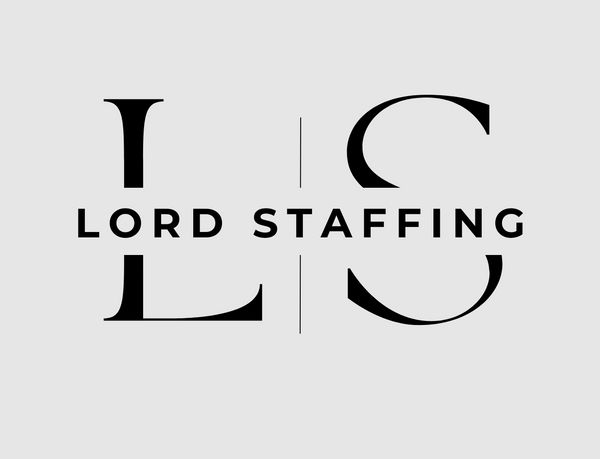Finding What Works Best for Your Family Introduction:
Homeschooling offers families the opportunity to tailor their children's education to their unique needs, interests, and values. With a variety of homeschooling methods available, from classical to unschooling, parents have the flexibility to choose an approach that aligns with their educational philosophy and goals. In this blog, we'll explore different homeschooling methods and provide guidance on how to find the right fit for your family.
1. Classical Homeschooling:
Rooted in ancient educational principles, classical homeschooling emphasizes the study of classical literature, history, and language. It follows a three-stage model known as the Trivium, consisting of the grammar, logic, and rhetoric stages.
Grammar Stage:
Focuses on building a foundation of knowledge through memorization and mastery of facts and skills.
Logic Stage:
Encourages critical thinking and reasoning skills, allowing students to analyze and evaluate information.
Rhetoric Stage:
Emphasizes effective communication and expression, teaching students to articulate their ideas persuasively.
2. Charlotte Mason Method:
Named after British educator Charlotte Mason, this method emphasizes living books, nature study, and narration. It prioritizes a broad, liberal arts education that cultivates a love of learning and fosters character development.
Living Books:
Utilizes rich, engaging literature and firsthand experiences to inspire curiosity and stimulate intellectual growth.
Nature Study: Encourages outdoor exploration and observation of the natural world, promoting a sense of wonder and connection to the environment.
Narration:
Focuses on oral and written expression, allowing students to retell and discuss what they have learned in their own words.
3. Montessori Homeschooling:
Based on the educational philosophy of Maria Montessori, this method emphasizes self-directed learning, hands-on exploration, and mixed-age classrooms. It focuses on creating a prepared environment that fosters independence, creativity, and intrinsic motivation.
Prepared Environment:
Provides carefully curated materials and activities designed to support children's development across multiple domains, including cognitive, social, and emotional.
Hands-On Learning:
Encourages active engagement and experimentation, allowing children to learn through sensory experiences and discovery.
Freedom within Limits:
Offers children autonomy to choose their activities within a structured framework, promoting self-regulation and responsibility.
4. Unschooling:
Unschooling takes a radically child-led approach to education, allowing children to pursue their interests and passions without formal curriculum or instruction. It trusts in the innate curiosity and learning instincts of children, viewing everyday experiences as valuable learning opportunities.
Self-Directed Learning:
Places the child at the center of their education, empowering them to follow their interests and explore the world on their own terms.
Flexible Structure:
Emphasizes freedom and flexibility, allowing learning to occur organically through real-life experiences, conversations, and pursuits.
Trust in the Learning Process:
Believes that children are natural learners who will thrive when given the freedom to pursue their passions and interests without external pressure or coercion.
Finding What Works for Your Family:
When exploring homeschooling methods, it's essential to consider your family's values, preferences, and educational goals. Reflect on your child's learning style, interests, and temperament, and explore different approaches to see what resonates most with your family dynamic. Remember that homeschooling is a journey of discovery and growth, and the beauty lies in finding the method that best supports your child's individual needs and fosters a love of learning that lasts a lifetime.

